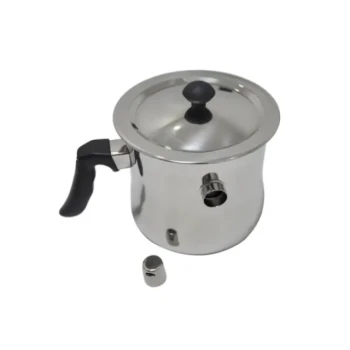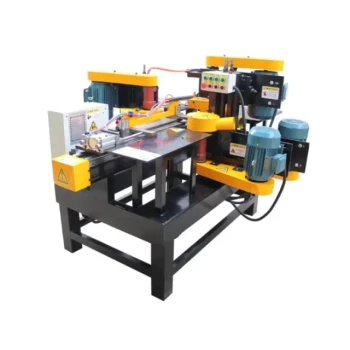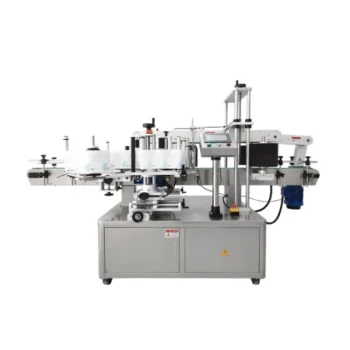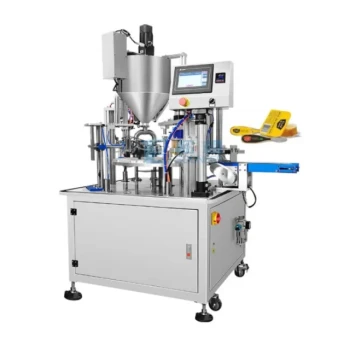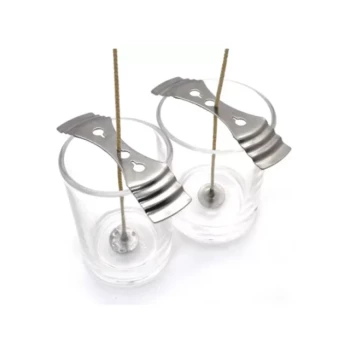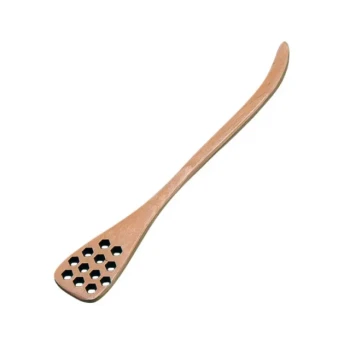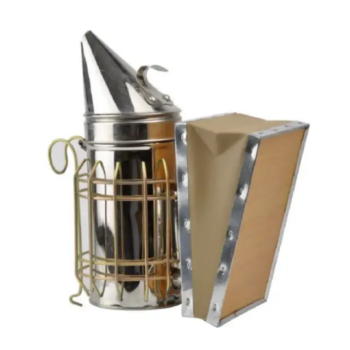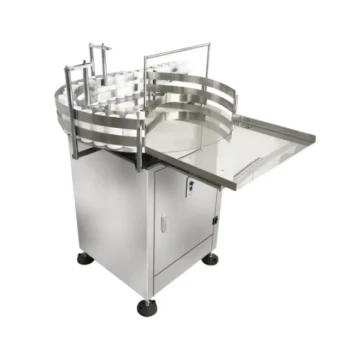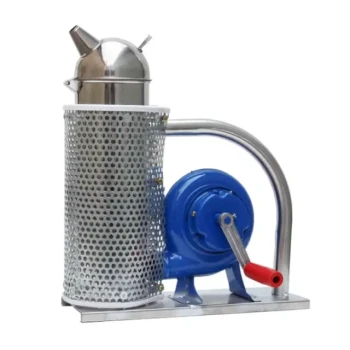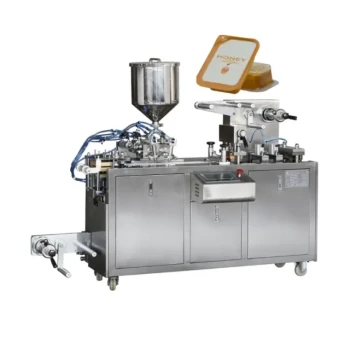Yes, but only specific types of staple guns will work on hardwood. A standard manual or light-duty electric staple gun will fail to penetrate dense hardwood, but a heavy-duty pneumatic staple gun is specifically designed for this purpose and is commonly used in applications like installing hardwood flooring.
The term "staple gun" covers a wide range of tools with vastly different power levels. Successfully fastening into hardwood is not about the staple itself, but about using a tool—typically a pneumatic one powered by compressed air—that can generate enough force to drive it.
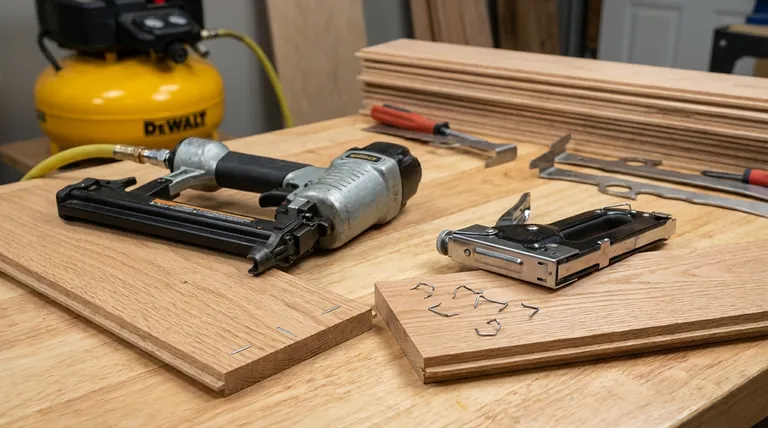
Why Standard Staple Guns Fail with Hardwood
Most people are familiar with manual or basic electric staple guns used for crafts or light upholstery. These tools are fundamentally unsuited for dense materials like oak, maple, or cherry.
The Insufficient Force Problem
Manual and light-duty electric staplers operate on a spring-loaded mechanism. Squeezing the handle compresses a spring, which then releases to drive the staple. This generates a relatively low amount of force, which is easily defeated by the dense fibers of hardwood.
The Inevitable Outcome: Bent Staples
When a low-powered staple hits hardwood, it almost never penetrates. Instead, the legs of the staple will bend and buckle on the surface, failing to secure anything and marring the finish of your wood.
The Right Tool for the Job: Pneumatic Power
For hardwood, you must step up to a tool class that uses a more powerful force. Pneumatic tools are the professional standard for this kind of work.
How Pneumatic Staplers Work
Pneumatic staplers are powered by an air compressor. This provides a massive and instantaneous burst of force that drives the staple into the wood cleanly and completely. This power overcomes the density of the hardwood before the staple has a chance to bend.
Specialized for Demanding Tasks
These heavy-duty tools are the standard in construction and manufacturing for a reason. They are used for tasks where fastening strength and penetration into tough materials are critical, such as hardwood flooring installation, sheathing, and roofing.
Understanding the Trade-offs
While a pneumatic stapler is the correct tool, it comes with its own set of considerations that are important for achieving a professional result.
The Requirement of an Air Compressor
The primary "cost" of using a pneumatic stapler is the need for an air compressor and hose. This makes the setup more complex and expensive than a simple manual tool, but it is essential for the power required.
The Risk of Damaging the Wood
Too much air pressure can overdrive a staple, sinking it too deep and damaging the wood's surface. Too little pressure will leave the staple proud. It is critical to test your setup on a piece of scrap hardwood to dial in the correct pressure (PSI) on your compressor's regulator.
Staples vs. Nails
For some applications, especially visible finish work, a staple is not the ideal fastener. The "crown" of the staple is much more visible than the head of a finish nail or brad. In these cases, a pneumatic brad nailer is often a better choice.
Making the Right Choice for Your Project
To select the correct tool, you must match its power to your specific goal.
- If your primary focus is installing hardwood flooring: A pneumatic flooring stapler (a specialized version of a pneumatic stapler) is the industry-standard tool for the job.
- If your primary focus is heavy-duty construction or assembly with hardwood: A standard pneumatic stapler with the correct gauge staples will provide the necessary power.
- If your primary focus is attaching fabric to a hardwood frame (upholstery): A narrow crown pneumatic stapler is ideal, though a powerful electric model may work on softer hardwoods.
- If your primary focus is attaching delicate trim or doing fine woodworking: Consider a pneumatic brad nailer instead to minimize the visual impact of the fastener.
Ultimately, matching the power of your tool to the density of your material is the key to a successful outcome.
Summary Table:
| Tool Type | Best For Hardwood? | Key Consideration |
|---|---|---|
| Manual / Light-Duty Electric | No | Insufficient force; staples bend. |
| Heavy-Duty Pneumatic | Yes | Requires an air compressor; industry standard. |
| Pneumatic Brad Nailer | Alternative | Better for visible finish work; less visible fastener. |
Equip your operation for success with HONESTBEE.
Whether you're a commercial apiary managing extensive woodworking projects or a beekeeping equipment distributor supplying professional tools, having the right equipment is crucial. Just as a pneumatic stapler is essential for hardwood, reliable, high-quality beekeeping supplies are the foundation of a productive operation.
HONESTBEE supplies durable beekeeping supplies and equipment through wholesale-focused operations, ensuring you have the robust tools needed for success. Let's discuss your specific needs and how we can support your business.
Contact our wholesale team today to request a catalog or get a quote!
Visual Guide
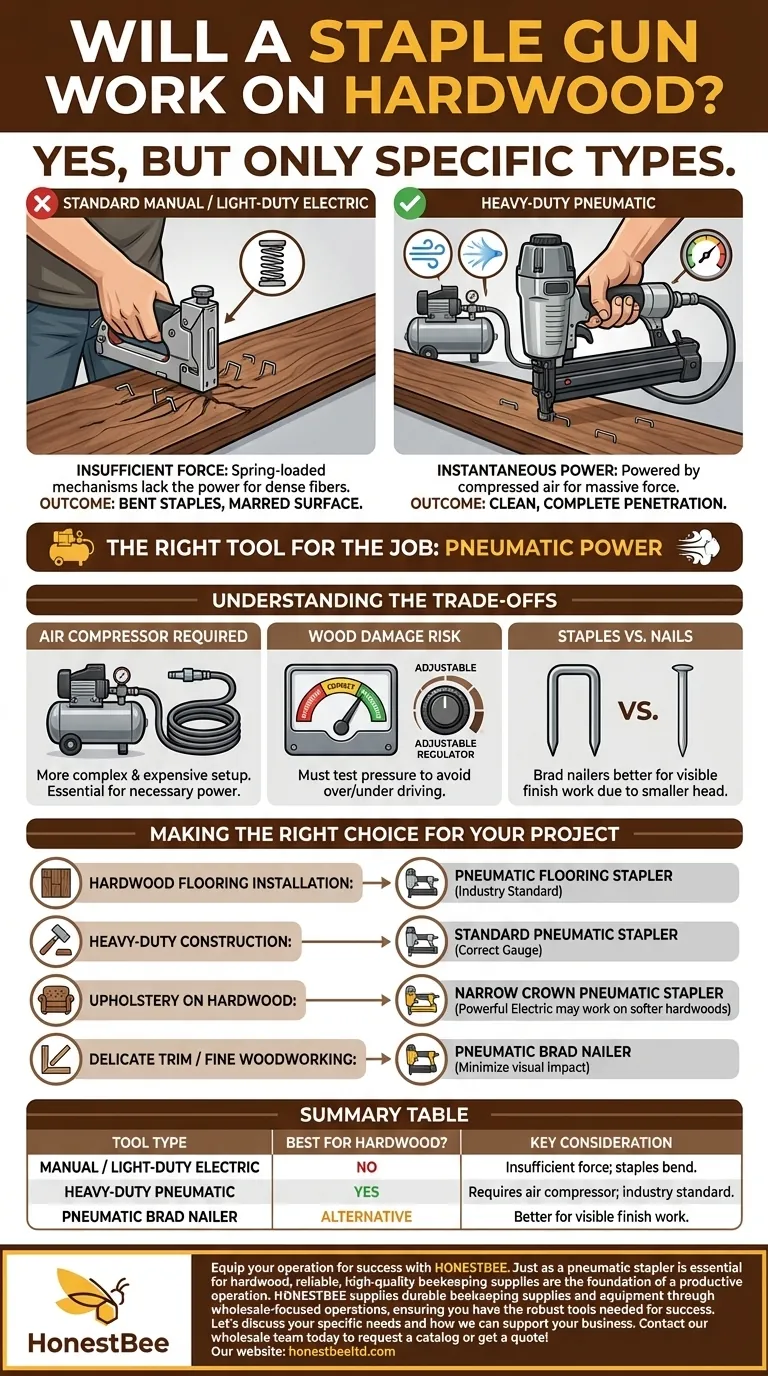
Related Products
- HONESTBEE Advanced Ergonomic Stainless Steel Hive Tool for Beekeeping
- Beeswax Melter for Candle Making Honey Bee Wax Melter
- HONESTBEE Professional Bee Frame Machine for Side Bar Shaping
- Long Langstroth Style Horizontal Top Bar Hive for Wholesale
- Automatic Dual Sided In Line Labeling Machine
People Also Ask
- What is a hive tool and what are its uses? Master Your Hive Inspections with the Essential Beekeeper's Tool
- How is a hive tool used for scraping and cleaning? Master Hive Maintenance for a Healthy Colony
- How should beekeepers handle bees when using a hive tool? Master Calm, Deliberate Techniques
- What is the hole in a hive tool for? A Multi-Tool for Apiary Repairs and Maintenance
- Why is it important to compare the progress of different hives? A Beekeeper's Key Diagnostic Tool

